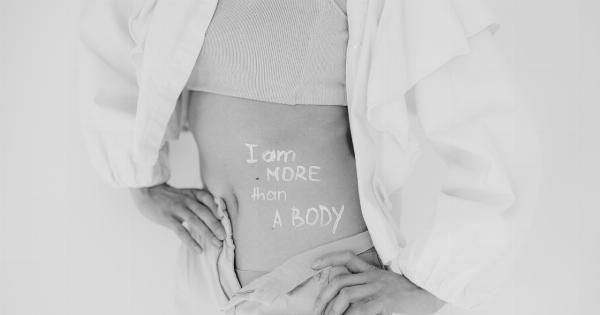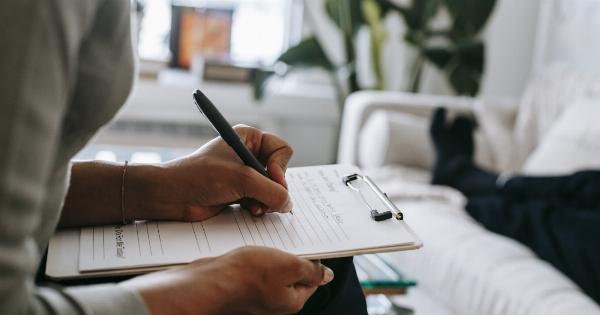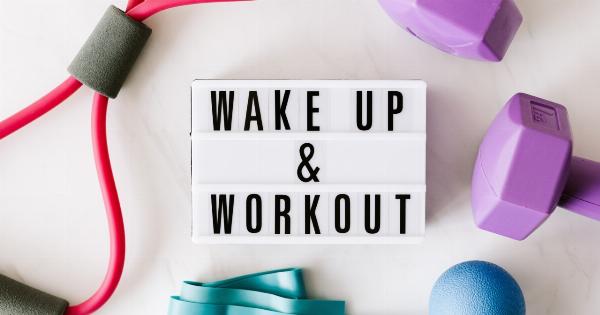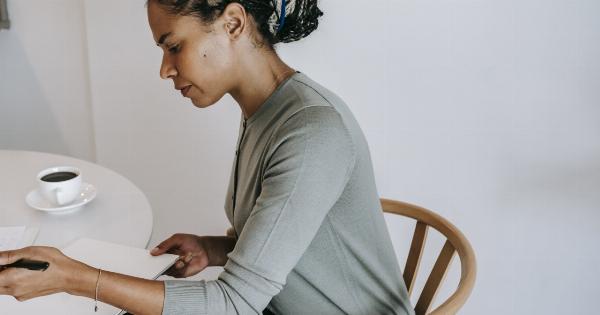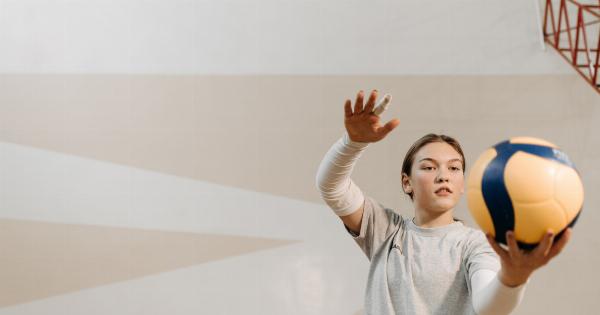Confidence is a quality that plays a crucial role in our personal and professional lives. It affects how we perceive ourselves, interact with others, and tackle challenges.
While confidence is a complex attribute influenced by various factors, posture is often suggested as one of the elements that can impact our self-assurance. Many people believe that standing up straight can make you appear more confident. In this article, we will explore the connection between posture and confidence, examining whether there is scientific evidence to support this claim.
The Power of Posture
Posture refers to the alignment and positioning of our body parts while sitting, standing, or moving. It is commonly associated with an upright and erect position, with the spine aligned and balanced.
Good posture keeps our body in optimal alignment, allowing our muscles, joints, and ligaments to function efficiently. It also supports the proper functioning of organs and contributes to overall physical well-being.
Beyond the physical benefits, posture is believed to have an impact on our mental and emotional state. Many studies have shown that body language affects our mood, attitude, and even hormone levels.
Research suggests that adopting certain postures can influence our psychological state, including confidence levels.
The Psychology of Confidence
Confidence is a psychological construct that encompasses self-belief, self-esteem, and a positive self-perception.
It is the assurance in one’s abilities and worthiness, which directly affects how individuals behave and present themselves to others. While confidence is largely a subjective experience, it can manifest in our body language and nonverbal cues.
According to social psychologist Amy Cuddy, our body language can shape not only how others perceive us but also how we perceive ourselves.
In her widely viewed TED Talk, Cuddy discusses the concept of “power posing” and its effect on confidence. Power posing involves adopting expansive postures, such as standing tall with an open chest and arms outstretched, which are associated with dominance and confidence.
Evidence from Research
Several studies have explored the relationship between posture and confidence, providing valuable insights into the potential influence of body positioning on our self-assuredness. Here are some notable findings:.
The Role of Nonverbal Communication
Nonverbal communication refers to the transmission of information through body language, facial expressions, and other nonverbal cues. Our posture and body language can convey messages to those around us, subtly influencing how we are perceived.
Confident individuals often exhibit specific nonverbal signals associated with power and self-assurance.
A study published in the journal “Psychological Science” examined the impact of expansive postures on hormonal levels and subjective confidence.
The researchers found that adopting high-power poses, such as standing or sitting in an open and expansive manner, led to increased testosterone levels and decreased cortisol levels, which are associated with dominance and stress, respectively. These hormonal changes were accompanied by self-reported feelings of confidence and risk-taking tendencies.
The Feedback Loop
The relationship between posture and confidence is not purely one-sided. While adopting a confident posture can influence our psychological state, our confidence level can also affect our posture.
When we feel confident, we tend to naturally display open and expansive body language. On the other hand, individuals experiencing a lack of confidence may exhibit closed or constricted postures, such as crossed arms or slouched shoulders.
Research published in the journal “Cognition and Emotion” suggests that there is a reciprocal relationship between posture and mood.
The study found that participants who were instructed to sit in an upright position reported more positive emotions, increased self-esteem, and reduced anxiety compared to those instructed to adopt a slouched posture. This implies that improving our posture can lead to a positive feedback loop, enhancing overall confidence and well-being.
Social Perception and First Impressions
Our posture and body language significantly contribute to the impressions others form when they first meet us. Humans are highly skilled at interpreting nonverbal cues, often drawing quick judgments based on visual information.
When someone presents themselves with confidence, it influences how they are perceived by others.
A study conducted at the University of Southern California investigated the impact of posture on social judgments.
Participants viewed a series of photos featuring individuals in different postures and rated them based on various personality traits, including confidence. The results revealed a consistent association between upright postures and perceptions of confidence, competence, and leadership qualities.
Posture and Self-Perception
How we perceive ourselves is strongly linked to our levels of confidence. Posture can play a role in shaping our self-perception, affecting how we see ourselves and our abilities.
By consciously adjusting our posture, we can potentially enhance our self-assurance and belief in our own capabilities.
In a study published in the journal “Body Image,” researchers examined the impact of adopting a confident pose on self-perceived body image.
The findings indicated that participants who posed in a way that provided a sense of power and confidence reported more positive evaluations of their own bodies compared to those in less confident postures. This suggests that posture can influence body-related self-perceptions, which are closely tied to overall confidence.
Practical Applications
If standing up straight can boost our confidence, how can we utilize this knowledge in practical ways? Here are some strategies to incorporate into your daily routine to enhance your posture and overall self-assurance:.
1. Mindfulness and Posture Awareness
Cultivate mindfulness about your posture throughout the day. Pay attention to the alignment of your spine, the position of your shoulders, and the way you hold yourself while sitting, standing, or walking.
Regularly remind yourself to maintain an open and erect posture, keeping your head held high.
2. Ergonomic Support
Ensure that your workspace, whether it’s an office desk or a home setup, promotes good posture alignment. Invest in ergonomic chairs, adjustable desks, and supportive accessories designed to encourage a neutral spine and proper body positioning.
3. Stretching and Strengthening Exercises
Engage in regular stretching and strengthening exercises that target the muscles involved in maintaining good posture.
Activities such as yoga, Pilates, and strength training can help improve core stability, spinal alignment, and overall muscle balance.
4. Mirror Practice
Stand in front of a mirror and observe your posture. Practice adopting confident and expansive poses, such as standing tall with your arms at your sides or raised above your head in a victory stance.
Visualization can also be powerful, so imagine yourself in situations where you feel confident and display open body language.
5. Seek Professional Help
If you struggle with maintaining good posture or experience persistent discomfort, consider seeking assistance from a healthcare professional such as a physical therapist or chiropractor.
They can assess your posture, provide guidance, and recommend specific exercises or treatments tailored to your needs.
The Complexity of Confidence
While standing up straight and having good posture may have a positive impact on confidence, it’s important to acknowledge that confidence is a multifaceted attribute influenced by various factors.
Posture is just one piece of the intricate puzzle that contributes to our overall self-assurance. Other elements, such as self-belief, mindset, experience, and competence, also play significant roles in shaping our confidence levels.
Therefore, while adjusting your posture can be a helpful tool for boosting confidence, it is equally important to address other aspects that contribute to your overall self-confidence and well-being.
Embracing a holistic approach will yield the most effective and lasting results.
Conclusion
Standing up straight does have the potential to make you appear more confident. Scientific research indicates that body posture can influence hormone levels, mood, self-perception, and social judgments.
By consciously practicing good posture and adopting confident poses, you can potentially enhance your self-assuredness and the way others perceive you.
However, it is crucial to remember that confidence is multi-dimensional, with various factors contributing to its development.
While posture is a valuable tool, investing in self-belief, competence, and personal growth are equally important for cultivating lasting confidence. Embrace a holistic approach to boost your overall self-assurance and find the balance that works best for you.

